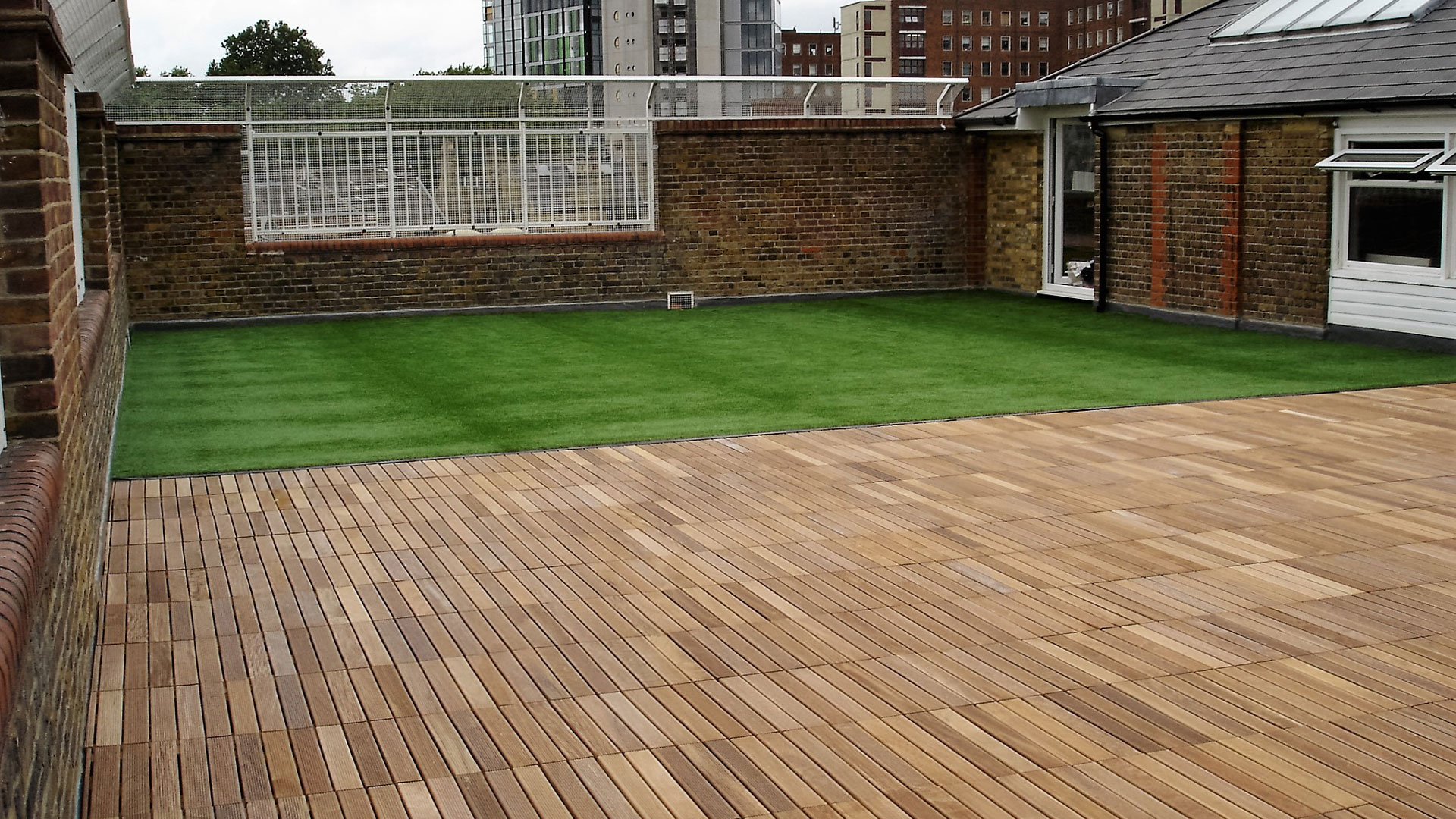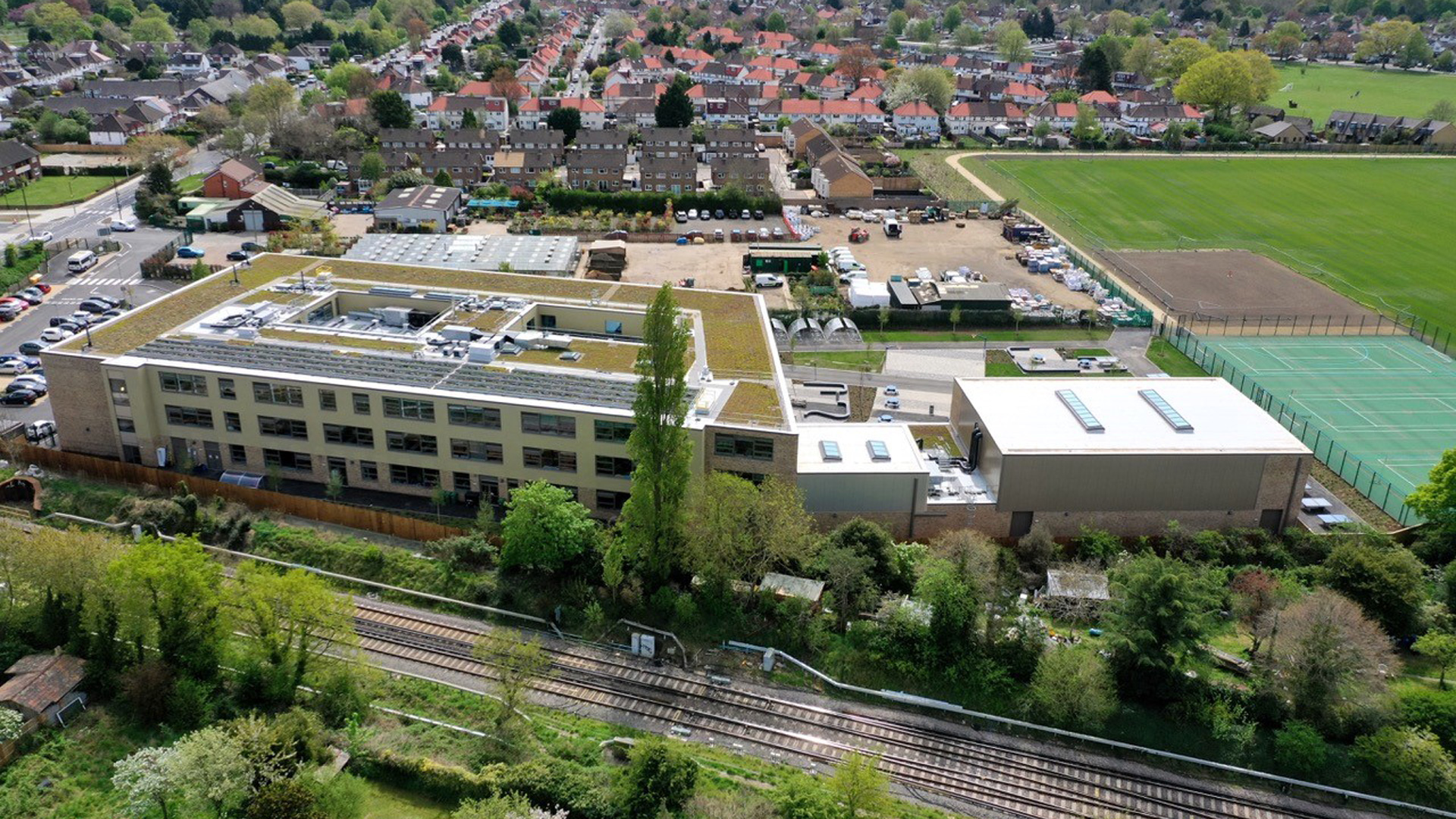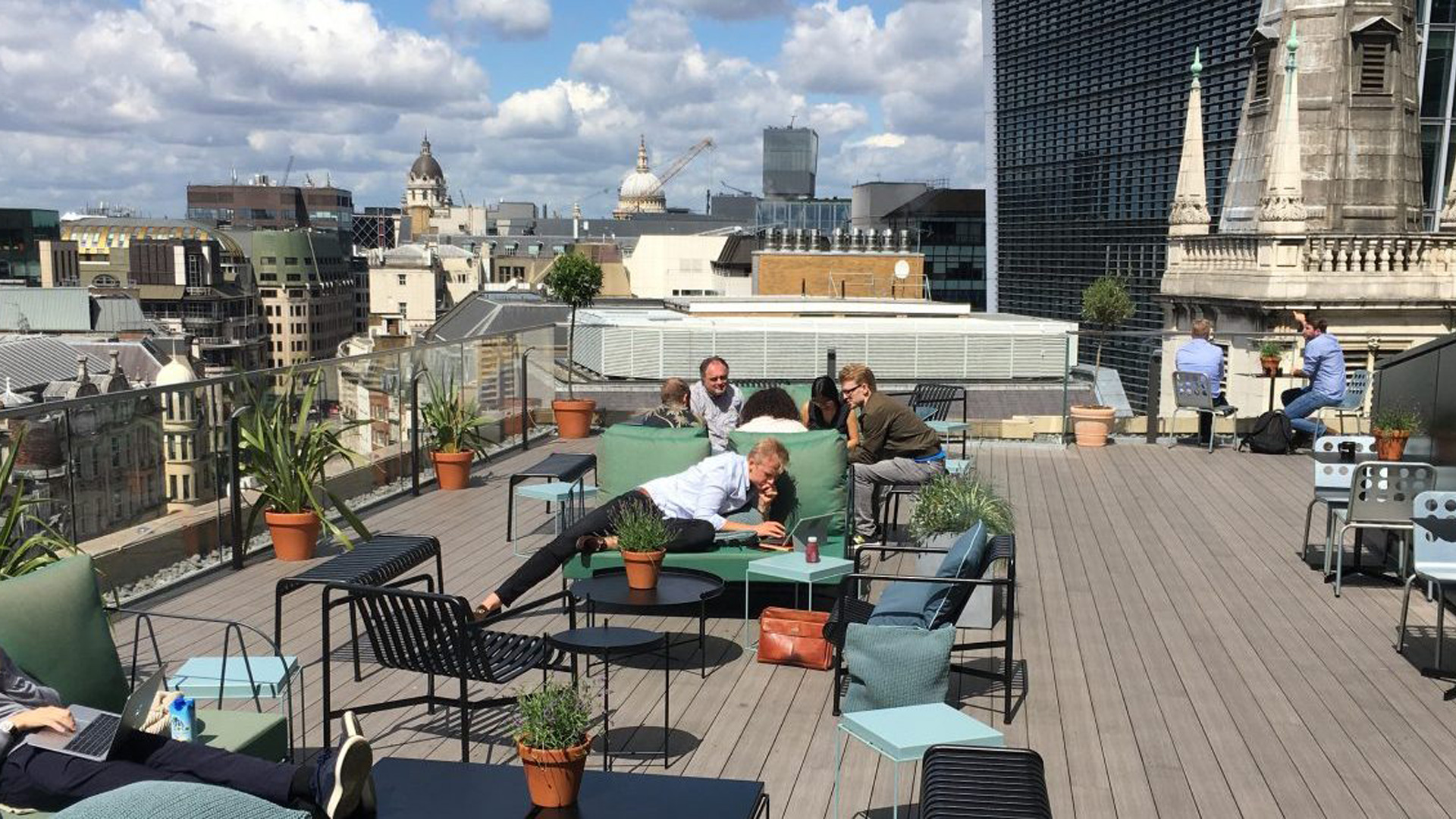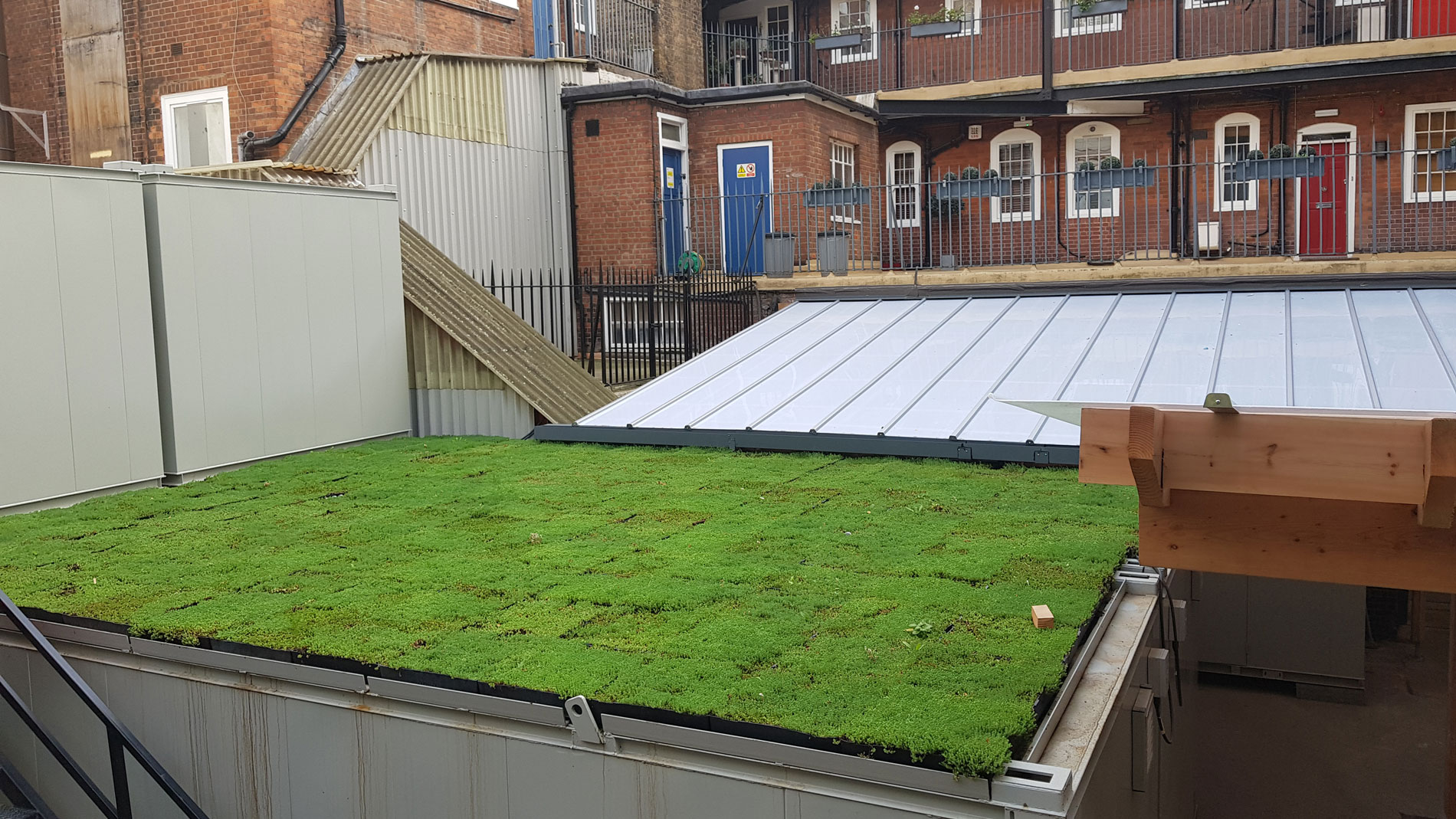With rising COVID infection rates in the UK and set against a background of geo-global political turmoil, it is little wonder that a number of us felt nervous as we looked towards winter and even now, in 2021, we continue to adjust to the ever-shifting parameters of living and working in a pandemic.
At least half a million more people in the UK may experience mental ill health as a result of COVID-19
Unfortunately, the impact of this on our physical and mental health should not be down-played; ‘At least half a million more people in the UK may experience mental ill health as a result of COVID-19’ says first forecast from the Centre of Mental Health. (1)
The winter season played on a natural tendency for many of us to want to hunker down and stay inside. At work this may have translated into sitting at our desk or lab-bench for hours, only venturing out when it was time to go home. But however cold and gloomy it looks from our window, staying inside all day is not good for our wellbeing.
In 2018, a research team from the University of East Anglia gathered evidence from over 140 studies to see whether nature really does provide a tangible health benefit. They found that regular exposure to greenspace reduces the risk of serious long-term health problems. (2)
The UEA team analysed how the health of people with little access to greenspace compared with that of people with the highest amounts of outdoor exposure.
“We found that spending time in, or living close to, natural green spaces is associated with diverse and significant health benefits. It reduces the risk of type II diabetes, cardiovascular disease, premature death, and preterm birth, and increases sleep duration. People living closer to nature also had reduced diastolic blood pressure, heart rate and stress. In fact, one of the really interesting things we found is that exposure to greenspace significantly reduces people’s levels of salivary cortisol — a physiological marker of stress.” Lead Author Caoimhe Tohig-Bennett, from UEA’s Norwich Medical School. (2)
The importance of access to green space should not be undervalued in helping to facilitate employee wellbeing. Every inch of commercial landscape can play a role in positively contributing to the mental and physical health and wellbeing of occupiers and employees, regardless of how much space there is. Built up areas can benefit from green walls and green roofs and the subsequent creation of a green view shouldn’t be underestimated in its benefit to employee wellbeing. Studies attribute the effects of green window views to ‘micro restorative’ experiences. Although a glimpse of nature through a workplace window is brief, it is sufficient to provide employees with micro restorative benefits which have a significant cumulative impact on wellbeing. (3)
So, next time you need a break; step away from the screen, take a look outside, or better still wrap up and explore your local green space; your body will thank you!
For the full story, please click here.
Author: Veronica Flemming is Senior Landscape Architect CMLI at ASA Landscape Architects
References
2: https://www.sciencedaily.com/releases/2018/07/180706102842.htm













